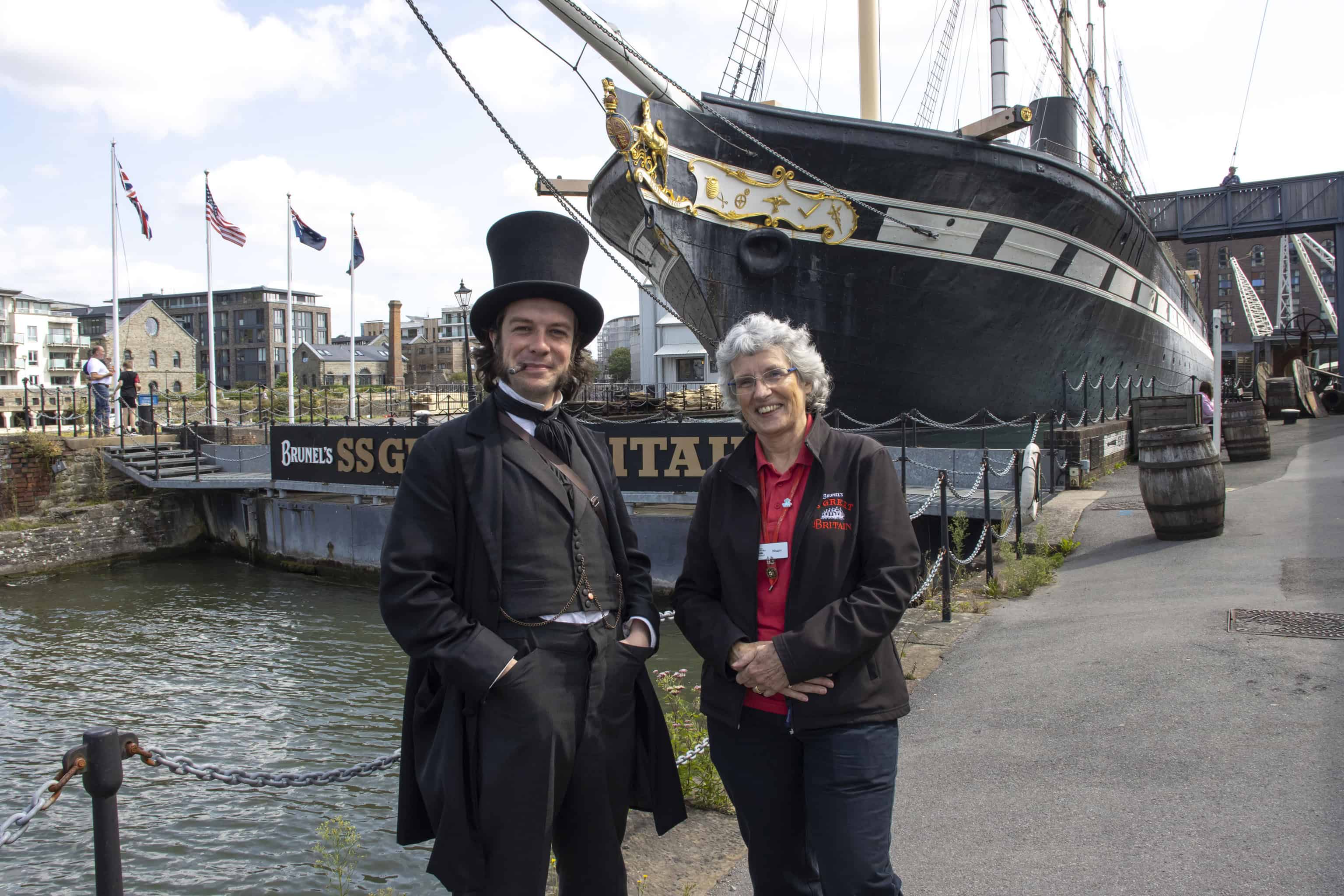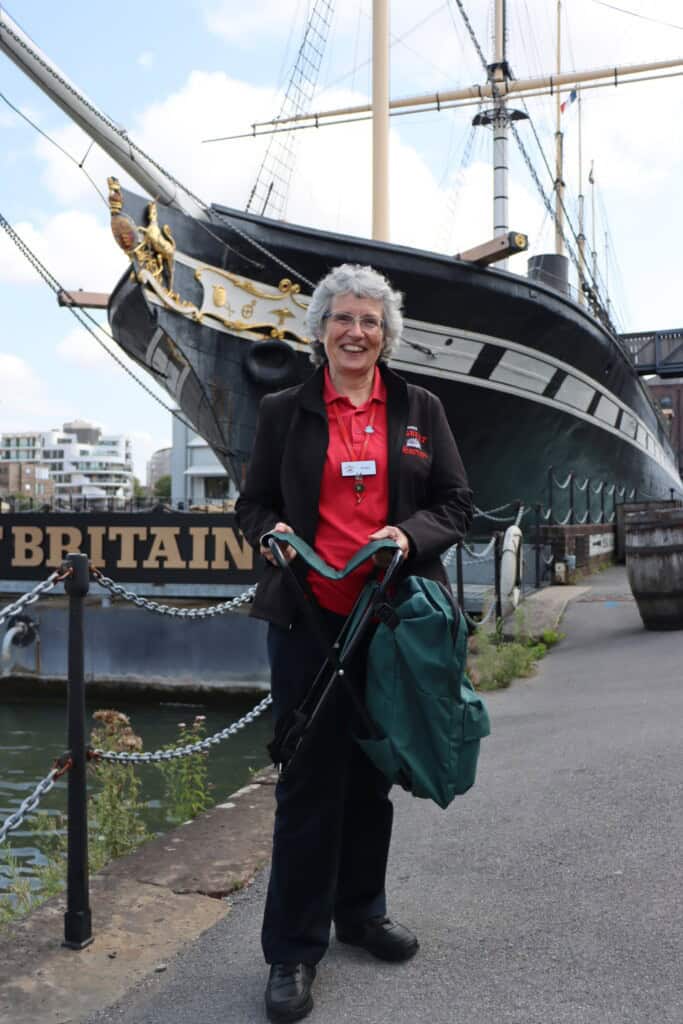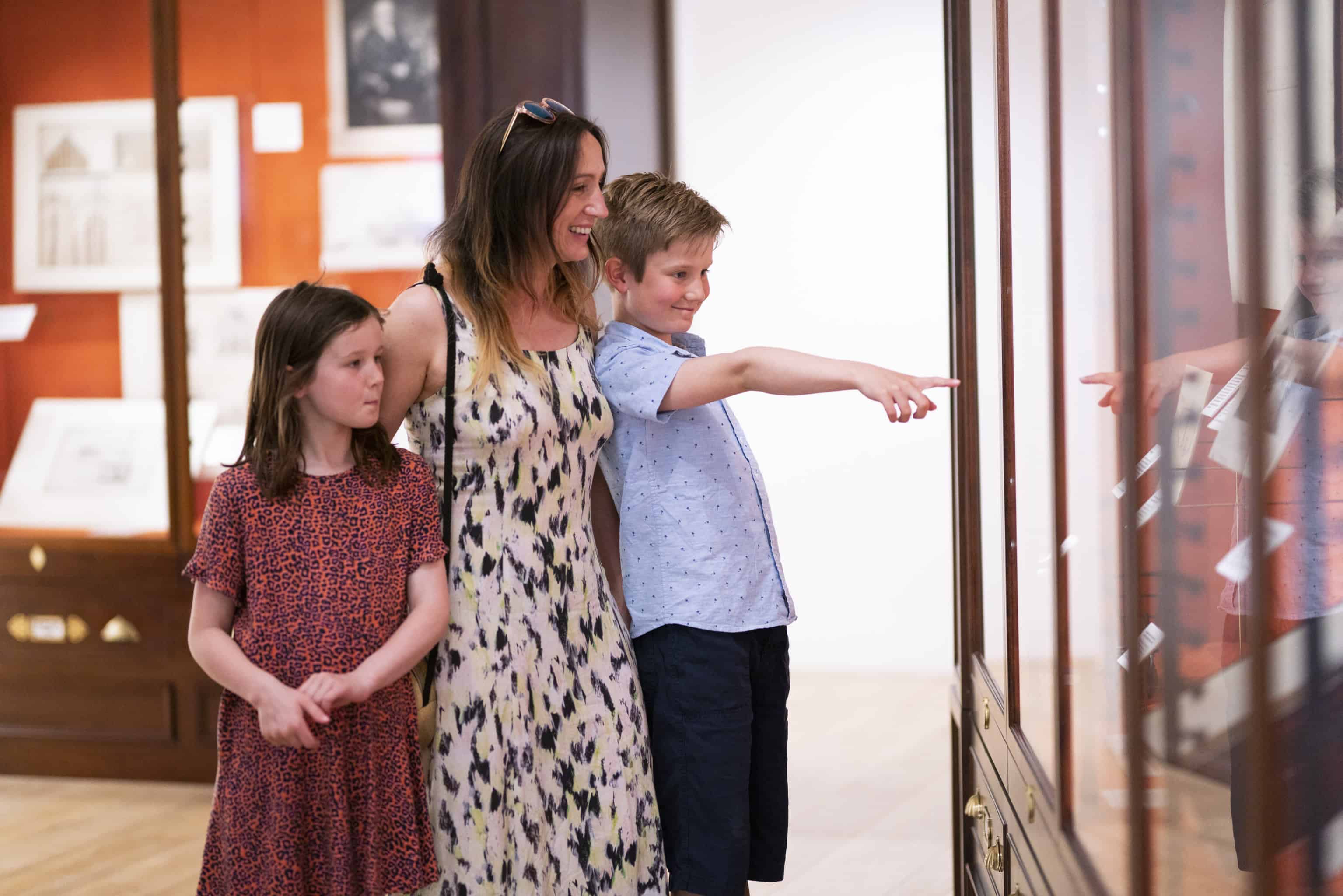What’s special about the SS Great Britain?
This was a revolutionary ship: the first ocean-going passenger liner to be built of iron, powered by steam and driven by a screw propeller. It was designed by Isambard Kingdom Brunel as the second of his three record-breaking ships and was launched in Bristol in 1843, first as a luxury liner crossing the Atlantic to New York, then as an emigrant ship taking people to new lives in Australia, and finally as a cargo ship taking coal from South Wales to San Francisco. Altogether it encircled the planet 32 times in its long working life.
After sustaining severe damage in a storm off the Falklands Islands it was written off as a working vessel. The SS Great Britain was used for many decades as a floating warehouse before being towed to a remote cove, scuttled and abandoned for the sea to break up. But the ship survived, and in 1970 an audacious rescue saw it towed 8,000 miles across the Atlantic back to the very dock in Bristol in which it was built.
And so began the next stage of the ship’s life as a museum and visitor attraction. Brunel’s SS Great Britain has won countless awards, both for the quality of the refurbishment and recreation, inside and out, as well as for the friendliness of the staff and volunteers. On TripAdvisor, it is listed as the No. 1 ‘thing to do in Bristol’. So, what’s it like to visit?






